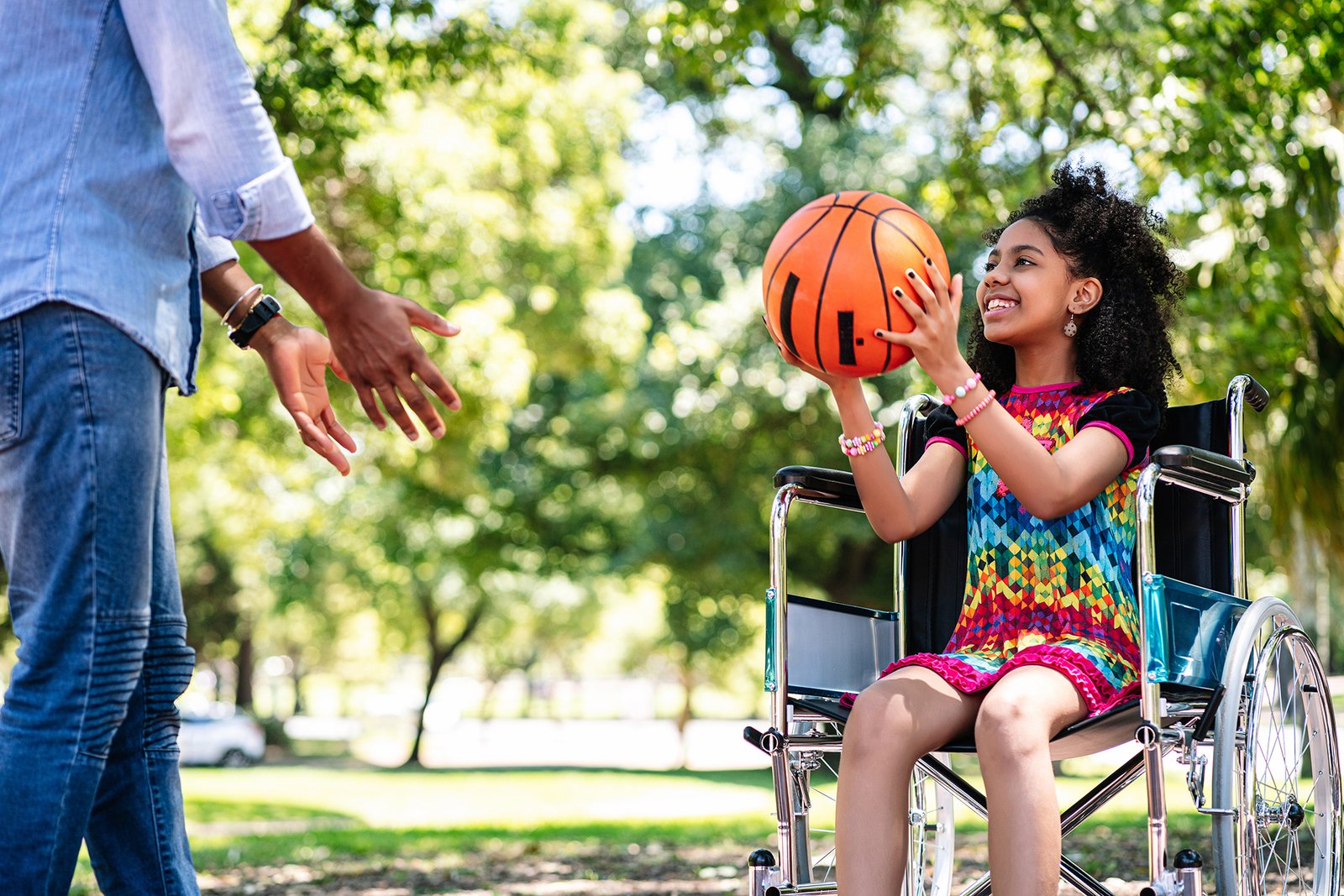What is Cerebral Palsy?
Cerebral palsy (CP) is a group of disorders that affect movement, muscle tone, and balance. The term “cerebral” indicates that CP is related to the brain, while “palsy” refers to muscle weakness or motor problems. CP results from abnormal brain development or brain damage, which can occur before, during, or shortly after birth. Most individuals with CP are born with it, known as congenital CP, but some acquire it after birth due to injury or illness (acquired CP). The effects of CP range from mild muscle control issues to severe physical limitations. Some people with CP also experience speech or intellectual challenges, though many have typical cognitive abilities.
Types of Cerebral Palsy
Cerebral palsy can present in different forms depending on how it affects movement:
- Spastic Cerebral Palsy: This is the most common type, affecting around 80% of CP cases. It involves muscle stiffness (spasticity) and exaggerated reflexes, which can lead to difficulty walking. There are three subtypes:
- Spastic Diplegia: Primarily affects the legs, though the arms may be mildly impacted.
- Spastic Hemiplegia: Affects one side of the body, often more severely in the arm.
- Spastic Quadriplegia: Affects the entire body and is the most severe subtype, often accompanied by additional disabilities.
- Dyskinetic Cerebral Palsy: Marked by uncontrolled, abnormal movements in the arms, legs, and face. Muscle tone can fluctuate from tight to loose, making it hard to sit, walk, or speak.
- Ataxic Cerebral Palsy: This least common form of CP involves uncoordinated, jerky movements, affecting balance and motor skills. Children with ataxic CP often struggle with tasks like walking, writing, and eye movements.
- Mixed Cerebral Palsy: A combination of types, most commonly spastic and dyskinetic, resulting in a blend of symptoms.
Signs and Symptoms of Cerebral Palsy
Symptoms of CP may become evident in infancy or early childhood. Signs vary depending on age:
- Babies:
- Low muscle tone (feels “floppy” when held)
- Delayed motor milestones (like sitting up or rolling over by 6 months)
- Stiffness or muscle spasms
- Difficulty feeding or swallowing
- Favoring one side of the body
- Toddlers and Children:
- Delayed development, such as not walking by 12-18 months or not speaking in sentences by 24 months
- Difficulty with fine motor skills and coordination
Causes of Cerebral Palsy
CP occurs when the brain’s development is interrupted or damaged, and several factors may contribute:
- Infections (e.g., meningitis)
- Brain hemorrhaging or lack of oxygen (asphyxia)
- Head injuries
- Exposure to certain substances (e.g., drugs, alcohol)
- Exposure to certain foodborne illnesses during pregnancy (e.g., from raw meat or fish)
Treatment of Cerebral Palsy
Although there’s no cure for cerebral palsy, various therapies and interventions can help improve function and support independence. Treatment often involves a team of professionals, including physiotherapists, occupational therapists, and speech therapists.
- Physiotherapy: Essential for encouraging movement, building strength, and preventing muscle contractures. It may include walking aids and braces to enhance mobility.
- Speech and Language Therapy: Helps those with speech difficulties improve communication through exercises, alternative communication methods (like sign language), or technology that aids speech.
- Occupational Therapy: Supports independence by helping children and adults with daily tasks, such as dressing or using adaptive equipment. This therapy boosts self-esteem and helps build essential life skills.
Regular assessments and customized care plans allow individuals with CP to maintain and improve their quality of life.
